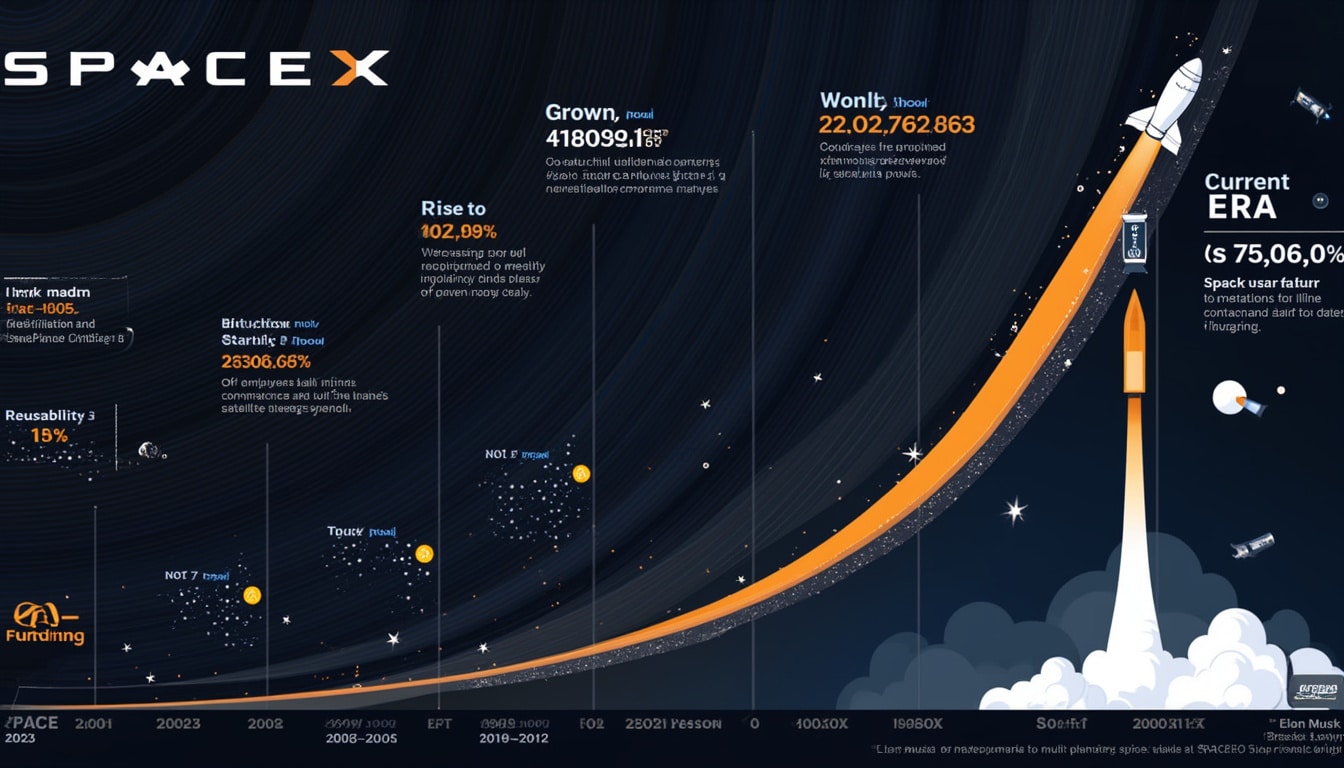The emergence of SpaceX as a premier player in the aerospace sector has dramatically impacted the landscape of space exploration and defense. With President Trump’s bold budget proposal, the company is poised to secure substantial federal contracts aimed at enhancing national security and establishing a long-term presence on Mars. The proposed funding cuts to NASA and reallocation of resources towards ambitious projects such as the Golden Dome missile defense system reveals a significant shift in the government’s priorities, with Musk’s vision taking center stage in this strategic transition. This article delves into the implications of Trump’s budget proposal for SpaceX and the broader implications for the aerospace industry, as highlighted by heavyweights like Boeing, Blue Origin, and Northrop Grumman.
Unpacking Trump’s Budget Proposal for SpaceX
The recent budget proposal submitted by President Trump presents a dual-faceted approach: making significant cuts across various sectors while simultaneously championing a vision for space dominance that includes a massive boost for SpaceX. The President’s focus on the development and deployment of a next-generation missile defense system, the Golden Dome, aligns closely with SpaceX’s capabilities, suggesting a lucrative future for the company. The New York Times emphasizes that this project alone could generate billions in federal contracts for SpaceX, solidifying its status as a crucial player in both defense and exploration.

The Strategic Importance of the Golden Dome Project
The Golden Dome initiative is envisioned as a state-of-the-art missile defense system that aims to enhance the United States’ military capabilities. By securing a role in this critical project, SpaceX stands to not only reap substantial financial rewards but also reinforce its strategic importance within the defense procurement landscape. The efficacy of a multi-tiered missile defense system is paramount in a world where geopolitical tensions are on the rise. With budgets being slashed elsewhere, the push for such ambitious defense projects illustrates the administration’s prioritization of national security. SpaceX’s successful involvement could lead to exponential growth opportunities and solidify its market relevance against established competitors like Lockheed Martin and Boeing.
SpaceX’s Mars Ambitions in the Age of Trump
Musk’s vision of establishing a human settlement on Mars has been echoed throughout his career with SpaceX. Trump’s budget proposal underscores this ambition by allocating a substantial budget aimed at reaching Mars. Despite promising a $1 billion fund for Mars exploration, the budget document remains vague regarding how these funds will be utilized, keeping the precision of the investments somewhat ambiguous. Nevertheless, this aerial pursuit aligns closely with Musk’s assertions that a multiplanetary existence is critical for humanity’s long-term survival.
NASA’s Role in Supporting Mars Missions
The cuts to NASA’s budget by nearly 25% might seem counterintuitive, but they are reflective of a pivot towards more precise goals: lunar and Martian exploration. By channeling resources towards missions focused on man’s journey to the Moon and Mars, the government is essentially harnessing the underlying ambition of SpaceX, placing it as a primary supporter of NASA’s future missions. This partnership promises to create robust synergy and innovation, potentially eclipsing rivals like Blue Origin and Virgin Galactic, who also harbor dreams of interplanetary travel.
The Dynamics of Space Industry Competition
With an increasingly heated competition amongst several aerospace companies, Musk’s SpaceX stands at an advantageous crossroads. Other contenders such as Northrop Grumman and Rocket Lab are also in the fray, yet recent funding developments may enable SpaceX to further fortify its lead. The quest for supremacy in aerospace will likely simultaneously drive innovation, as the government continues to leverage private industry capabilities to meet its ambitious goals.
Understanding the Interplay between SpaceX and Competitors
As SpaceX positions itself for this new phase of growth, it will be essential to take into account the movements of its key competitors. Companies like Relativity Space are working on next-generation rockets designed for efficient access to space, while firms such as Astroscale aim to develop space sustainability solutions. Understanding the competitive landscape is crucial for evaluating SpaceX’s potential trajectory amidst these developments. The infusion of government funding presents unique opportunities even as it underscores the necessity for continuous innovation and strategic maneuvering within this rapidly evolving sector.
Implications for Future Space Exploration
The implications of Trump’s funding proposal will reverberate beyond immediate financial impacts, presenting a crucial lens through which to view the future of space exploration. As SpaceX’s mission to pioneer space travel adds momentum with further backing from the federal budget, the enterprise embodies both aspiration and tactic, forging a path into humanity’s future within our solar system.

Broader Impacts on Space Policy and Industry Dynamics
The government’s redirection toward ambitions like those housed within Trump’s budget signifies a transformative phase for both defense and exploration sectors. NASA’s focus has shifted towards collaboration with commercial space endeavors, echoing changes that call for increased partnerships with companies such as SpaceX, thereby expanding the horizon for prospective missions and technologies. The financial security provided by federal contracts bolsters a landscape ripe for collaboration and unprecedented innovation, presenting a unified front that is both economically and strategically beneficial.
| Company | Focus Areas | Funding Highlights |
|---|---|---|
| SpaceX | Space exploration, satellite launches, interplanetary missions | Significant proposed funding for Mars explorations and defense contracting |
| NASA | Research, exploration, technology development | Cuts in budget but focus on lunar and Mars missions |
| Boeing | Space transportation, defense systems | Steady contracts for space station and aircraft systems |
| Blue Origin | Suborbital and orbital flight, space tourism | Investments in reusable rocket technology |
| Northrop Grumman | Sustainable space and defense solutions | Continues to lead in defense technology contracts |




Leave a Reply